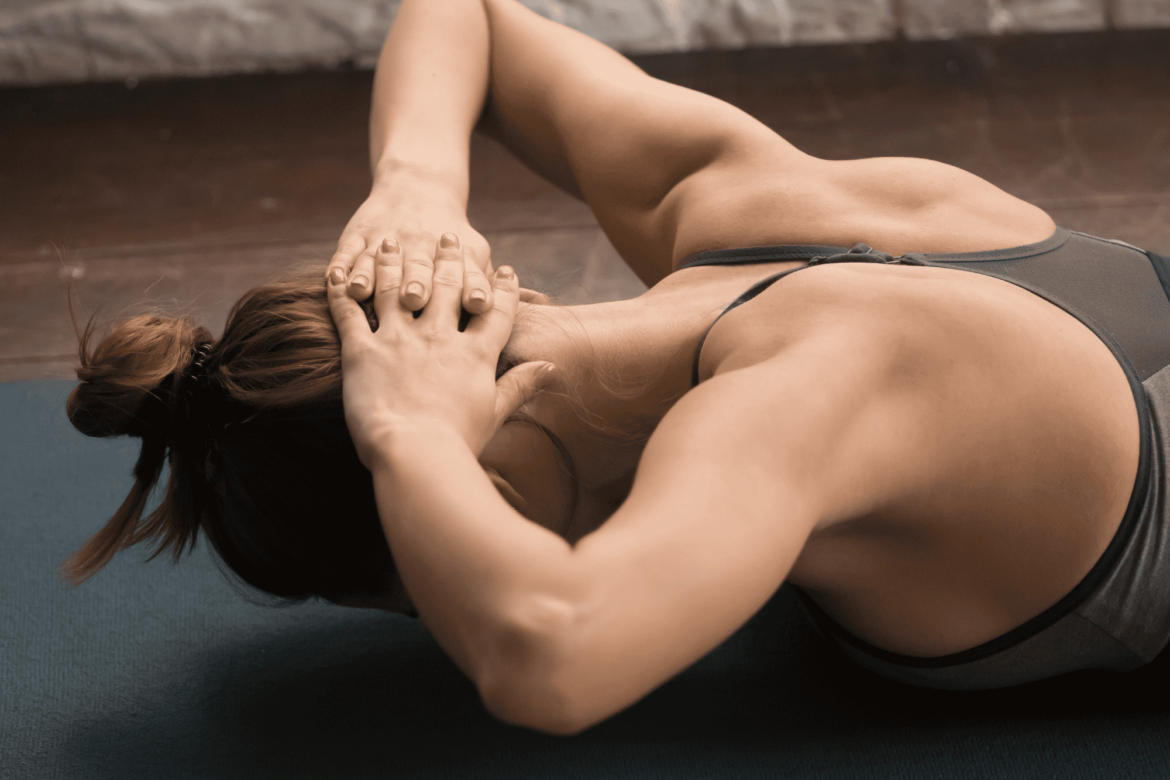Neck Strength Evolution: A Progression Guide for Deep Neck Flexor Strengthening and Posture Improvement
Maintaining a strong and well-supported neck is crucial for overall posture and musculoskeletal health. Deep neck flexor strengthening exercises can play a pivotal role in achieving better posture by addressing muscular imbalances and promoting stability. In this blog, we’ll explore a systematic progression of deep neck flexor strengthening exercises designed to enhance posture and support optimal neck function. Learn more about the neck strength evolution.
Understanding the Deep Neck Flexors:
The deep neck flexors are a group of muscles located at the front of the neck, including the longus colli and longus capitis. These muscles play a key role in stabilizing the cervical spine, supporting the head, and maintaining proper posture. Weakness in the deep neck flexors can contribute to neck pain, headaches, and poor posture.
Progressive Deep Neck Flexor Strengthening for Improved Posture:
Isometric Neck Flexion:
Technique: Begin with simple isometric exercises. Sit or stand with a straight spine, gently tuck your chin towards your chest, and hold for 5-10 seconds.
Progression: Gradually increase the duration of the hold as your strength improves. Focus on maintaining proper alignment and avoiding any forward head movement.
Chin Retractions:
Technique: Sit or stand tall, and gently retract your chin without tilting your head up or down. Hold for a few seconds, feeling the contraction in the front of your neck.
Progression: Increase the number of repetitions and incorporate chin tucks into your daily routine. Ensure smooth and controlled movements.
Neck Flexion with Resistance:
Technique: Sit or stand with a resistance band looped around the back of your head. Gently tuck your chin against the resistance, feeling the engagement in the deep neck flexors.
Progression: Gradually increase the resistance of the band as your strength improves. Focus on the quality of the movement and avoid straining the neck.
Supine Neck Flexor Exercises:
Technique: Lie on your back with a small towel rolled under your neck. Perform gentle neck flexion movements (I often tell patients to “give themselves a double chin”), then while maintaining this position, lift your head slightly off the surface for 3-5 seconds.
Progression: Increase the duration and repetitions. Ensure that your neck muscles are doing the work, and avoid using momentum.
Neck Flexor Strengthening on Stability Ball:
Technique: Sit on a stability ball with your back straight. Gently perform neck flexion movements, maintaining balance on the stability ball.
Progression: Increase the complexity by introducing arm movements or performing the exercise on an unstable surface. This challenges the deep neck flexors while promoting overall stability.
Functional Integration:
Technique: Integrate deep neck flexor exercises into functional movements, such as maintaining good neck posture while sitting at a desk or during daily activities.
Progression: Consistently practice maintaining proper neck alignment in various positions and activities. Strengthening the deep neck flexors in functional contexts contributes to improved posture.
Tips for Safe Progression:
Start Slow – Begin with the basic exercises and progress at a pace that allows your muscles to adapt without strain.
Focus on Form – Emphasize proper form and technique to target the deep neck flexors effectively.
Listen to Your Body – Pay attention to any discomfort or strain. If you experience pain, reduce the intensity or consult with a healthcare professional.
Consistency is Key – Consistency in performing deep neck flexor exercises is crucial for seeing improvements in posture over time.
A progressive approach to deep neck flexor strengthening can significantly contribute to improved posture and neck health. By gradually increasing the difficulty and intensity of exercises, you’ll build a foundation of strength that supports optimal posture and reduces the risk of neck-related issues. Remember to be patient, stay consistent, and prioritize the well-being of your neck as you embark on this journey toward enhanced posture and musculoskeletal health.
Looking for more information on how to strengthen your neck muscles or alleviate neck pain? Schedule your appointment with one of our skilled spine specialists today!

